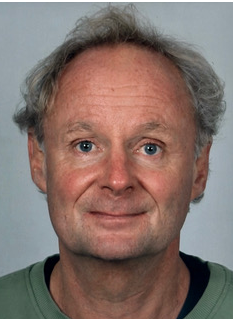Long and Complex Lesions in the Superficial Femoral Artery: Two Decades of Experience with Self-Expanding Covered Stents
Laurens van Walraven is a PhD student in the department Multi-Modality Medical Imaging. (Co)Promotors are prof.dr. M.M.P.J. Reijnen from the faculty Science & Technology from the University of Twente, prof.dr. C.J. Zeebregts from Universitair Medisch Centrum Groningen and dr. S. Holewijn from Rijnstate Hospital Arnhem.
 This dissertation by Laurens van Walraven focuses on the treatment of long and complex lesions in the superficial femoral artery (SFA) using self-expanding covered stents. Building on two decades of clinical experience, it highlights both the challenges and the progress in treating peripheral arterial disease (PAD), which is a growing global concern.
This dissertation by Laurens van Walraven focuses on the treatment of long and complex lesions in the superficial femoral artery (SFA) using self-expanding covered stents. Building on two decades of clinical experience, it highlights both the challenges and the progress in treating peripheral arterial disease (PAD), which is a growing global concern.
PAD is caused by atherosclerosis, a progressive disease where plaque formation leads to narrowing and blockage of the arteries. Risk factors such as smoking, diabetes mellitus, hypertension, and dyslipidemia play key roles in its development. The impact of mechanical forces, like blood pressure and shear stress from blood flow, on the formation of atherosclerotic plaques is also discussed.
Treating long and complex SFA lesions is especially challenging. For a long time, surgical reconstruction, like bypasses, was the gold standard, but minimally invasive endovascular techniques such as using self-expanding stents have gained traction. Covered stents offer an advantage because they limit intimal hyperplasia (overgrowth of vascular wall tissue), which helps maintain vessel patency.
This thesis evaluates the long-term results of these treatments, including primary and secondary patency rates, revascularization risks, and potential complications. It also looks at the technical aspects of stent placement and the role of imaging in follow-up.
Finally, the dissertation emphasizes the importance of managing risk factors, such as smoking cessation and medication, to lower the risk of cardiovascular events. This work contributes to a better understanding of optimal treatment for complex SFA lesions and highlights the potential of covered stents in clinical practice.





